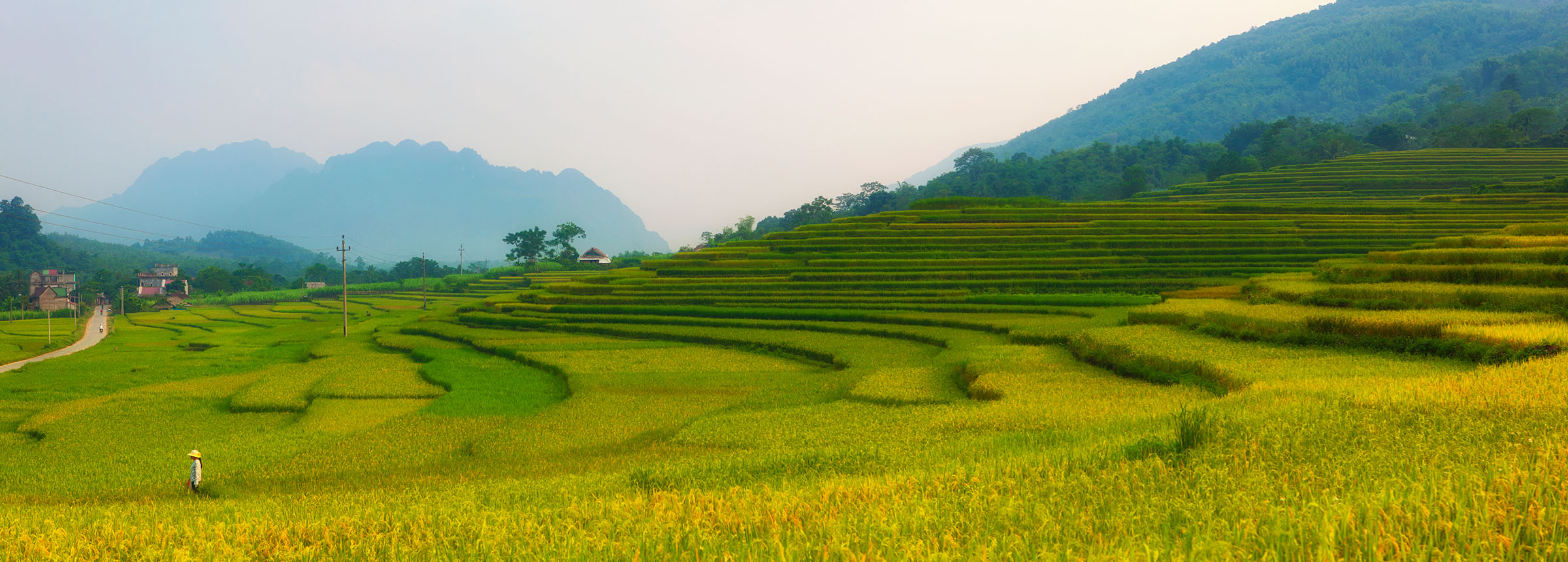
The People of PIER
Welcome to our series “The People of PIER,” profiles of the individuals leading the Private Investment for Enhanced Resilience (PIER) Project. PIER mobilizes private-sector investment to support resilience to climate change in Bangladesh, Ghana, Guyana, Indonesia, Mozambique, Peru, Tanzania and Vietnam. Spearheaded by Winrock and funded by the State Department, PIER supports private sector companies, financial institutions and governments to increase climate resilience through technical assistance. PIER partners with such entities to increase their capacity to understand climate vulnerabilities; design climate risk mainstreaming and mitigation plans; and develop pathways for mobilizing private investment in climate resilience.
[winrock_nest_media]
